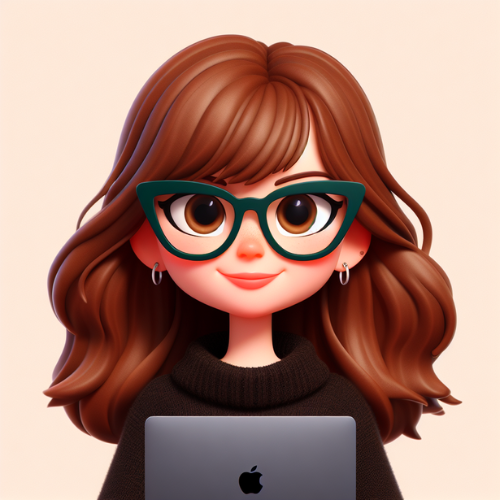Designing Content for All Learners
,
Colorado Convention Center, Bluebird Ballroom Lobby, Table 13
Presenters

@FrauSusi
Session description
Purpose & objective
This session intends to present instructional design as something all teachers can engage with and use to reach all students. Participants will leave this session with knowledge of inclusive design principles; practice applying the basics of inclusive design principles; the resources to advance their design skills; and with an understanding of why what is good for some might be good for all.
Outline
1. Why design matters
1a. Storytime
1b. Examples
2. Our learners
2a. What is variability?
2b. Activity: Blanket the table
3. Guiding principles
3a. Direct instruction: Design principles
3b. Classroom Examples
4. Design and structure
4a. This will represent the focus of the session. Participants will be provided with templates to practice different content design elements available with the tools they already have access to in their district.
4b. We will practice applying as a group at least 5 different digital content design elements within these platforms: Google Microsoft 365, and Canva.
4c. Participants will have a voice in choosing from the following: closed captions, subtitles, alt text, use of color, font choice, screen readers, speech-to-text, the differences between print and digital needs.
5. Closing
5a. Participants will leave with templates to use and share and links to resources to further their skills.
Supporting research
Books on Theory and Practice:
Universal Design for Learning: Theory and Practice by Anne Meyer, David Rose and David Gordon
Design and Deliver: Planning and Teaching Using Universal Design for Learning by Loui Lord Nelson
The End of Average by Todd Rose
Links to Sites and Resources:
5 Tips for Making Digital Learning Accessible to All Students: https://www.iste.org/explore/tools-devices-and-apps/5-tips-making-digital-learning-accessible-all-students
Creating Accessible Content: https://www.texthelp.com/resources/digital-accessibility-guide/creating-accessible-content/
Design Accessible Digital Content: https://www.universaldesign.ie/technology-ict/web-accessibility-techniques1/designer-s-introduction-and-index/
Learner Variability Project: https://digitalpromise.org/initiative/learner-variability-project/
UDL at a Glance: https://youtu.be/bDvKnY0g6e4?si=xpZ6p66UuZ1QzUU-
UDL and the Brain: https://www.cast.org/products-services/resources/2018/udl-learning-brain-neuroscience
UDL Tips for Designing Learning Experiences: https://www.cast.org/products-services/resources/2020/udl-tips-designing-learning-experiences
Session specifications
Laptop: Chromebook, Mac, PC
Tablet: Android, iOS, Windows
Learner
- Stay current with research that supports improved student learning outcomes, including findings from the learning sciences.
- Use technology to create, adapt and personalize learning experiences that foster independent learning and accommodate learner differences and needs.
- Explore and apply instructional design principles to create innovative digital learning environments that engage and support learning.
 Return
Return Participate and share: Poster
Participate and share: Poster  Trips and Tours
Trips and Tours